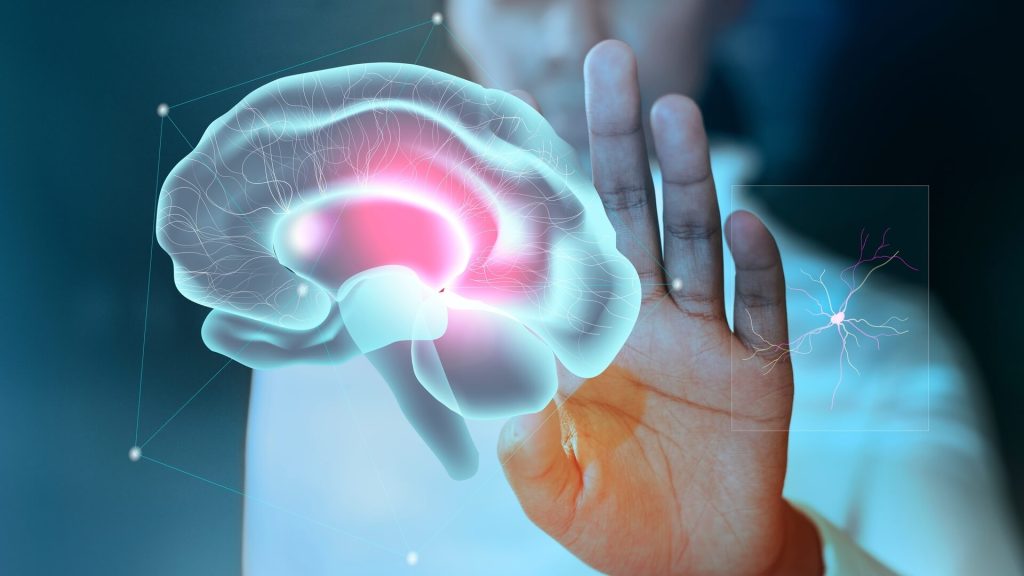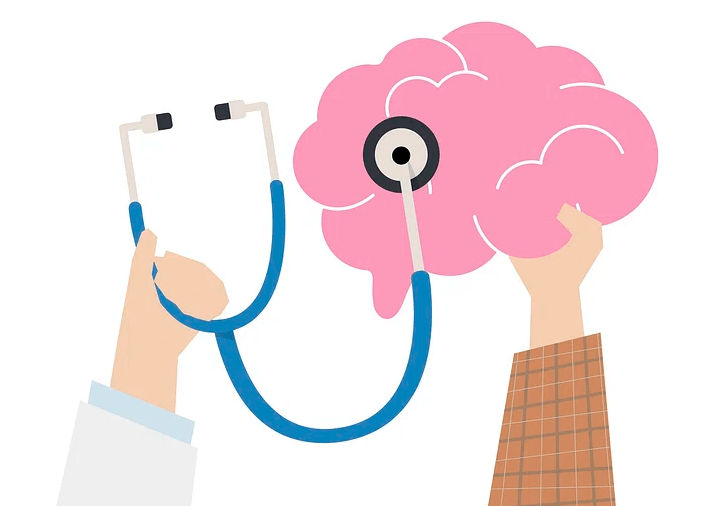While there is currently no cure, there is a bit of hope. It has been established that physical therapy has the potential to help people who suffer from Alzheimer’s Disease. Movement prescribed by a Physical Therapist can help with strength, balance, brain function, and memory.
The numbers are high. Approximately 6.7 million individuals in the United States age 65 or older have been diagnosed with Alzheimer’s disease. That’s 1 out of every 9 people over 65. And the numbers are rising. By 2050, it has been estimated that 12.7 million people 65 and older will have the condition. Let’s dive deeper into how Physical Therapy can help.

What is Alzheimer’s Disease?
Alzheimer’s disease is a type of progressive illness that initiates with mild levels of memory loss. It is considered to be the most common form of dementia.
While all Alzheimer’s patients have dementia, not all people with dementia have Alzheimer’s disease. This disease impacts the aspects of the brain that control thoughts, memory, and language. It destroys memory, cognition, and other mental functions.
Once believed that the development of the Alzheimer’s Disease was a normal part of the aging process, it has been determined that it is not.
How Common is Alzheimer’s Disease?
According to numerous reputable sources – such as Mayo Clinic – Alzheimer’s disease is a very common issue. Each year, more than 3 million people are diagnosed with the condition. There are treatments – such as physical therapy – that can assist patients, but the condition cannot currently be cured.

What Causes Alzheimer’s Disease?
Scientists and medical professionals do not have a full understanding of the underlying cause of Alzheimer’s disease but believe that it stems from an abnormal buildup of various types of proteins that are located in brain cells and surround the brain cells.
These proteins identified as potential culprits have been identified as amyloid and tau. The first creates plaques around the cells of the brain. The second creates deposits that create tangles within the brain cells.
The newest research is labeling Alzheimer’s as “Type 3 Diabetes“
Palmetto Endocrinology further describes it as such:
Type 3 diabetes is a way of describing Alzheimer’s that is caused by insulin resistance inside the brain. So, your outlook will vary according to several factors, including your diabetes treatment and the severity of your dementia.
What Happens to the Body When Someone Has Alzheimer’s Disease?
It is not known what initiates the actual process of decline in the body of those who have Alzheimer’s, but it is known that the physiological decline starts well ahead of the first symptoms appear. In short, the impacted brain cells are compromised. A decrease in neurotransmitters – which are chemical-based messengers – occurs which results in a reduction of messages or signals in the brain between the cells. The neurotransmitter known as “acetylcholine” becomes very low.
As this continues to progress, parts of the brain actually start to shrink. When this occurs, the very first area that is typically impacted is the part of the brain that is responsible for storing memories. In other instances, the first part of the brain impacted may be the area that is responsible for vision or the part of the brain that is responsible for language. The first symptoms experienced by a patient will depend on what part of the brain was impacted first.

How is Alzheimer’s Disease Treated?
When an individual has been diagnosed with Alzheimer’s disease, the goal of treatment is simply to improve the quality of that person’s life. Medical professionals, psychologists, and other specialists – such as physical therapists – will work in collaboration to aid in the following aspects of a person’s health and life:
- An emphasis will be placed on helping the patient maintain as much of their brain health as is possible with the condition.
- There are several behavioral symptoms associated with Alzheimer’s disease. Those helping the patient will focus on assisting in managing these symptoms as much as possible.
- Multiple symptoms occur in patients with this form of dementia. Professionals will work together to help slow the progression of those symptoms so that the patient is able to live the best life possible.
What is the Main Goal of Physical Therapy with Alzheimer’s Disease?
When a physical therapist works with an Alzheimer’s patient, the main goal is to work with the patient and their family or caregiver to ensure that they are able to move around safely and have the highest quality of life possible. Brain health is just as important.
Examples of activities that physical therapists engage in include patient education, hands-on care, and to issue personalized prescribed movements.
Movements and Other Prescribed Treatments from Physical Therapists
It is a known fact that movement aids in those who have Alzheimer’s and other aging populations. Physical therapists help patients move to their advantage and other prescribed treatments. These help dementia patients in the following ways:
- Physical-based activities help in optimizing the function of the brain and in memory.
- Physical therapy helps to improve the strength, the balance, and the walking ability of a person. As a result, the decline in performing certain tasks may be delayed in an Alzheimer’s patient who works with a PT.
- Studies have shown that exercising on a regular basis may help in delaying the onset of dementia in older adults.
- PT helps to ensure that a dementia patient is able to stay mobile for longer periods of time. This means the patient will be able to maintain their level of independence for longer.
- Physical therapy helps patients who have Alzheimer’s disease to continue doing activities of daily living as they progress in their illness. Not only does this help in levels of independence, but it helps to reduce the burden that is commonly experienced by family members and those who act as a caregiver for the patient.
- Physical therapists are able to go into the home of a patient and conduct an assessment of its safety. In turn, recommendations may be made for modifications that will keep the patient safe and allow them to delay entrance into a memory care unit or a skilled nursing facility.
- Many PTs will use cues that involve the senses to instruct a patient. These include touch, sight, and sound. For example, touching the hand may indicate it is time to walk. Lifting the arms may indicate it is time to stand up. As a patient progresses in their Alzheimer’s these cues may prove to be very helpful in effectively communicating.
- Many physical therapists will have Alzheimer’s patients mirror the actions that they take in order to get them to engage in the physical activity that they want them to complete.
- Muscle training is an effective measure that PTs use when working with dementia patients. In short, this teaches the patient how to respond to changes in their environment, such as an uneven walking area.
- Physical therapists engage in a task breakdown system that helps patients learn various actions, such as getting into bed. In short, it breaks the process down into simple steps that may be safely performed to achieve the final goal.
- Physical therapy helps the loved ones and the caregivers of an Alzheimer’s patient by educating them on the disease, how to move or lift the patient, how to prevent injuries to all, and how to provide hands-on therapy with the patient.
- Finally, touch therapy is performed with dementia patients. This is not only good for the body, but it is good for the mind. It helps patients feel loved and cared for. It helps them feel connected to others.
Contact Us Today
If your loved one has been diagnosed with Alzheimer’s disease, we here at Back to Motion Physical Therapy are capable of assisting them and you! We can create a customized care plan that will help keep your loved one safe, make them feel connected to the world around them, and help delay the progression of the dementia that they suffer.
